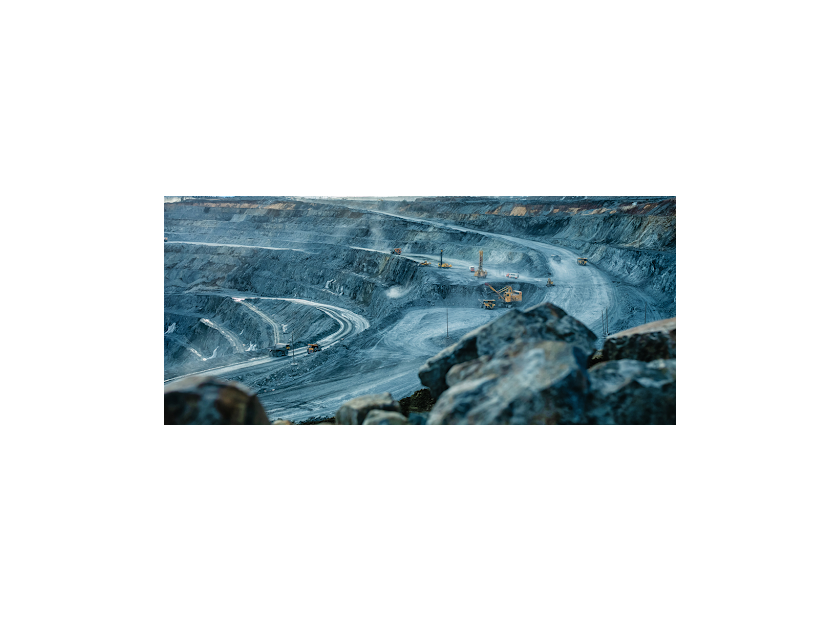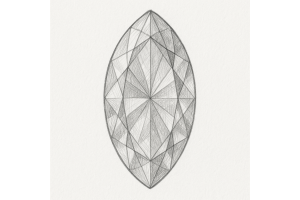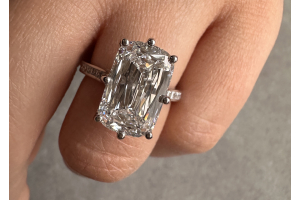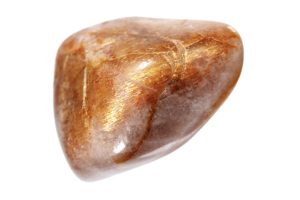USD
/
USD
/
Shipping to:
Currency:
Our relationship with natural diamonds has always been one of fascination, intrigue, and romance. The allure of owning a rare gemstone that has formed in the Earth's core over millions of years through natural atomic processes is captivating, resulting in one of the most brilliant and sparkling treasures of nature. However, the extraction of these stunning diamonds comes at significant costs to both the planet and humanity.
So, with the increasing focus on the issues of global climate change and more of us leading more environmentally friendly lives, is it now the turn of the jewelry industry to come under scrutiny for its part in sustainability?
Here we take a look at the question of whether the increasingly popular alternative of laboratory grown man made diamonds are in fact an eco friendly sustainable alternative to their mined counterparts.
The origins of lab grown diamonds
First of all we want to de-bunk the myth that laboratory treated diamonds are not real. They are every bit as real as a naturally mined diamond, with the same structure, physical, chemical and optical characteristics as a natural diamond. The difference is that lab grown diamonds are created in controlled laboratory conditions where the conditions created over millions of years in the Earth are replicated using either extremely high heat and high pressure (HPHT) or by utilizing a carbon rich gas in a vacuum chamber (CVD).
The extraction of natural diamonds
Natural diamonds formed in the Earth’s core can only be extracted by one of two mining processes – Open Pit Diamond Mining or Underground Diamond Mining.
Open Pit Diamond Mining either by rock blasting using heavy duty explosives, or more sophisticated excavation techniques is, as its name suggests, opening up a large hole in the ground to extract natural diamonds. The size of the hole will increase if/as more diamonds are found.
The process of Underground Diamond Mining is where tunnels are dug deep inside the Earth to source diamonds not found by Open Pit Mining. It is a very complex process and far more costly than Open Pit Mining. Two mine shafts are drilled next to the rock that potentially hold the diamonds – Kimberlite. When the shafts are in place, two tunnels are dug parallel to one another. Rocks are then blasted in the top tunnel to enable any diamonds present to fall into the lower second tunnel.
The real cost and impact of diamond mining
Diamond mining is known to create tremendous damage to the Earth. Very often diamond mining companies are asked to repair this damage when they’ve ended the mining process, but in many cases this doesn’t happen as the land is too extensively damaged to be able to be repaired or to recover.
To give you an idea of the extent of the environmental impact of Diamond mining – on average for every one carat diamond mined over 250 tons of Earth are removed, using 127 gallons of fresh water. Billions of gallons of water are contaminated with mine runoff which is acidic. 143 pounds of air pollution are omitted and the gallons of fossil fuels consumed is countless.
Diamond mining is also widely considered to be one of the most dangerous practices having significant adverse effects on miner’s long term health. Additionally, diamond mining tends to be located where local communities needs could be said to be marginalized. Little regard is often shown for the longer term impact of diamond mining on the social, humanitarian and ecological factors within these communities.
So which is the more eco-friendly – natural or lab created diamonds?
Being realistic we have to say that both lab grown and naturally mined diamonds use equipment and technology to create or extract a diamond. However, lab grown diamonds have significantly less impact in our environment. Let’s look at the actual differences:
- One of the most significant areas in which lab grown and natural minded diamonds differ is in water usage. As noted above, a mined diamond uses more than 127 gallons of water, whereas a lab created diamond typically takes just 18 gallons, plus there’s no discharge of polluted water with the latter.
- Energy usage highlights significant differences between the two processes. It is estimate that mining uses 538.5 million joules per carat whereas laboratory created uses 250 million. This may still seem a high figure but it should be noted that it is claimed that much of the energy used in creating man made diamonds is renewable.
- Another staggering difference lies within emissions. With regards to carbon – mined diamonds emit in excess of 125 pounds per carat whereas lab created diamonds produce only 6 pounds of carbon! In terms of sulphur oxide, man made diamonds produce none whilst mined diamonds emit in excess of 30 pounds. Total air emissions produced by a one carat naturally mined diamond are 1.5 billions greater than those of a one carat lab created diamond!
- Land disruption and waste creation is the final differential to be considered. It is estimated that for every carat of diamond mined that approximately 100 square feet of land is disrupted, and in excess of 5,798 pounds of waste mineral is created. What also needs to be taken into consideration is that even after mining has ended the balance of biodiversity continuous to be unbalanced and may even render the land completely unusable.In comparison, lab created diamonds effect just 0.07 square feet of land per carat and create only 1 pound of waste mineral and its widely acknowledged that facilities manufacturing diamonds are generally located in areas where there will be no environmental impact.
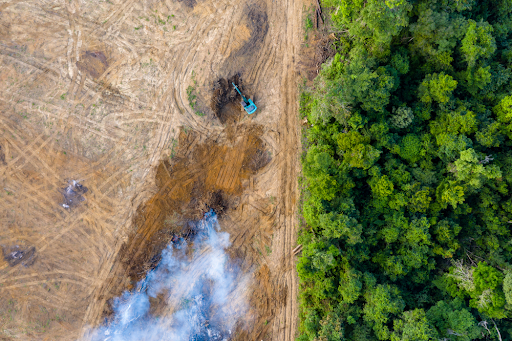
Are lab grown diamonds the only sustainable diamond alternative?
So, looking at the evidence, if you’ve come to the decision that natural mined diamonds are not the choice for you as an eco-friendly consumer, what are the choices in sustainable diamonds that will ALWAYS be a girls’s best friend?
Lab grown diamonds are perhaps the best known of what are also termed “synthetic” or “man made diamonds” and are perhaps the most popular option for those choosing ‘sustainable diamonds’. As previously discussed, they are created in laboratory conditions over a number of weeks replicating the natural process of diamond formation which takes billions of years in the Earths core.
Having the same properties as natural mined diamonds, lab grown diamonds are very hard to distinguish apart from natural diamonds to the naked eye. But what does set them apart is that they are some 35% less in price and available in an array of colors. These factors make them an ideal choice if you’re looking for a stunning diamond engagement ring on a budget, or in a color which would be hard to source as a natural diamond. And of course you will also be making your contribution to being environmentally friendly with this choice.
And alternative sustainable diamond is the choice of Recycled Diamonds. These are diamonds which have been mined and used in a piece of jewelry but are essentially repurposed as they are recut and reused in a new price of jewelry. Whilst the original source of these diamonds will undoubtedly be mined from the Earth, recycling these precious stones prevents continuing harm to our planet and ecological systems from new diamond mines being established. So whilst you are purchasing a naturally mined diamond, as it is being recycled, it’s still considered as being environmentally beneficial.
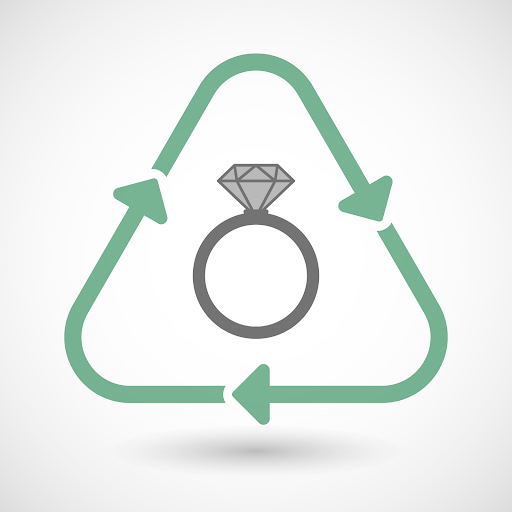
Maybe Natural Diamonds Won’t Be Forever?
Many millennials have now turned their backs on traditionally mined diamonds in favor of the more eco friendly sustainable diamonds. But what if you’re still a traditionalist and yearn for the glamor and romanticism of an authentic natural mined diamond?
Well if that’s the case, then it’s time to start looking for your natural diamond as De Beers predicted back in 2010 that there may only be enough natural diamonds for another 20 years supply.
So, maybe in the future lab grown diamonds will be the only affordable option available to those who love the sparkle of diamond jewelry! And just maybe these diamonds will appear even more beautiful when you know that in wearing one you’re supporting our planet to a better, more beautiful and sustainable future. What do you think?
<I Do! Take Me to Engagement Rings>



